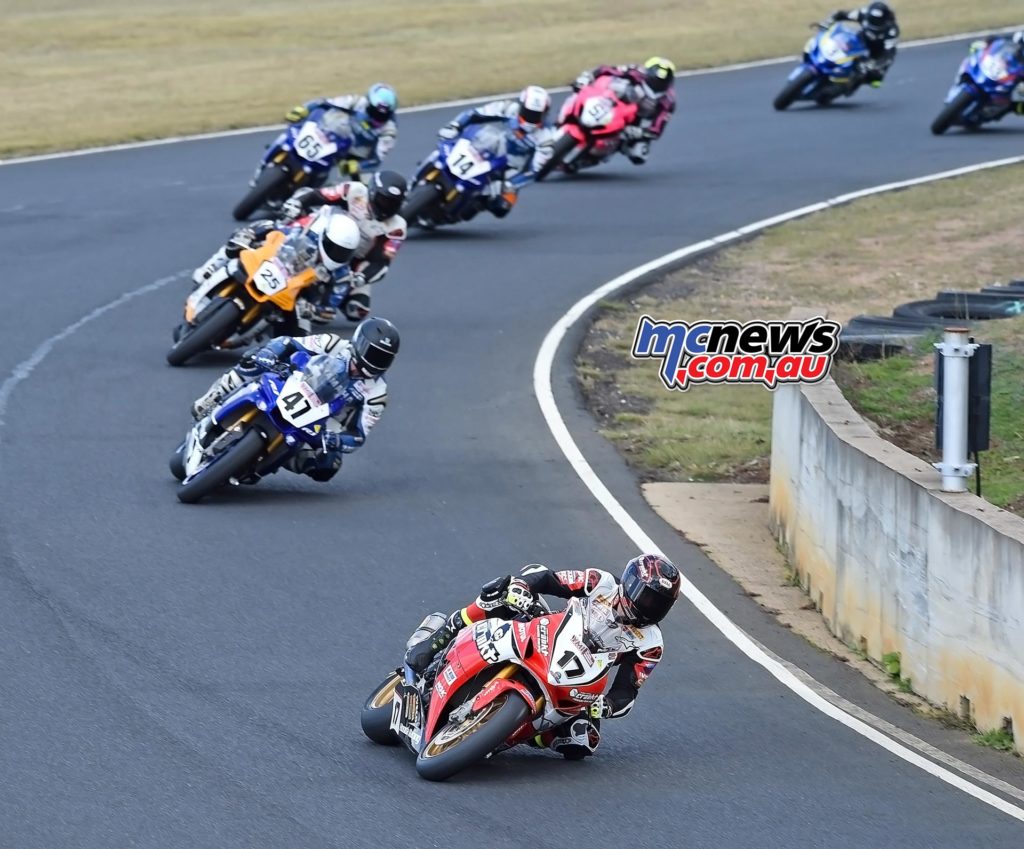Searching for Racing Gold
Phil Hall talks about the future health of Australian Road Racing
As one who spends a fair bit of time looking back on and remembering the early days of my involvement in road racing, I am often asked about the bikes that feature in many of the stories that I write in my blog and on social media.
I firmly believe that I was unknowingly a part of one of the greatest, if not the greatest era of the sport in Australia. There are many reasons for this that are demonstrable and not simply related to the ramblings of an old bloke who only thinks about the “good old days.”
Firstly, the ‘70s was the decade where Australian road racing enjoyed some of its greatest successes. Australian riders were national heroes within the whole community, not just inside the one of the sport itself. The average bloke in the street knew who Gregg Hansford and Warren Willing were.
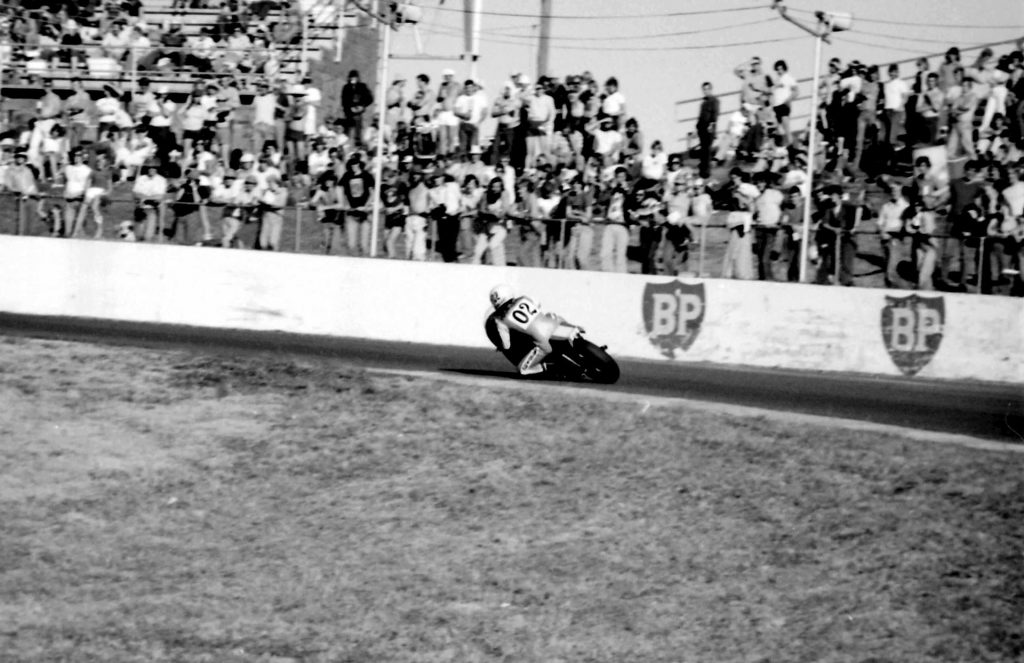
Pound for pound they enjoyed as much media attention here in Australia as Barry Sheene did in the UK. Our riders performed with conspicuous success on the world stage in world championships, as well as one-off race events.
Please note the mention of the media. There wasn’t a time before nor has there been a time since that road racing was featured in the mainstream media like it was in that decade. Newspapers regularly covered the events both here and overseas.
Our top events and championships were important components of TV networks’ sporting coverage, many events, like the ARRC and the major Production races being televised live.
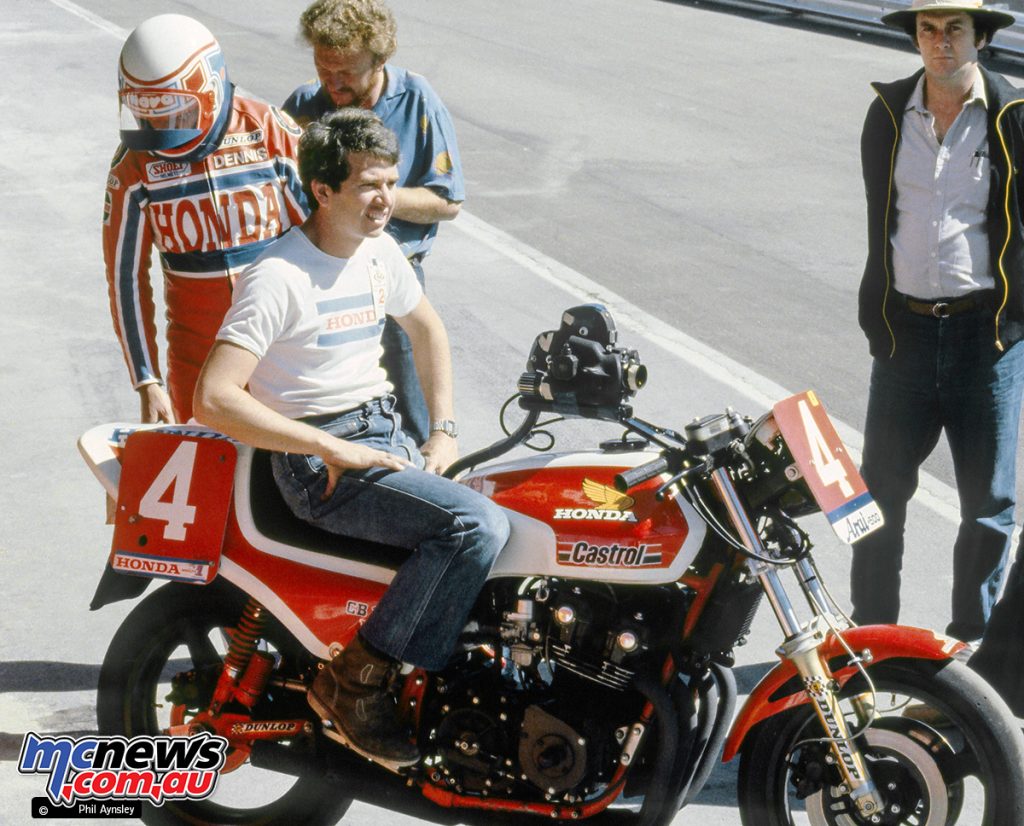
Importers and distributors of motorcycle-related products featured our road racing stars in advertisements that not only ran in the motorcycling press but in the general press as well.
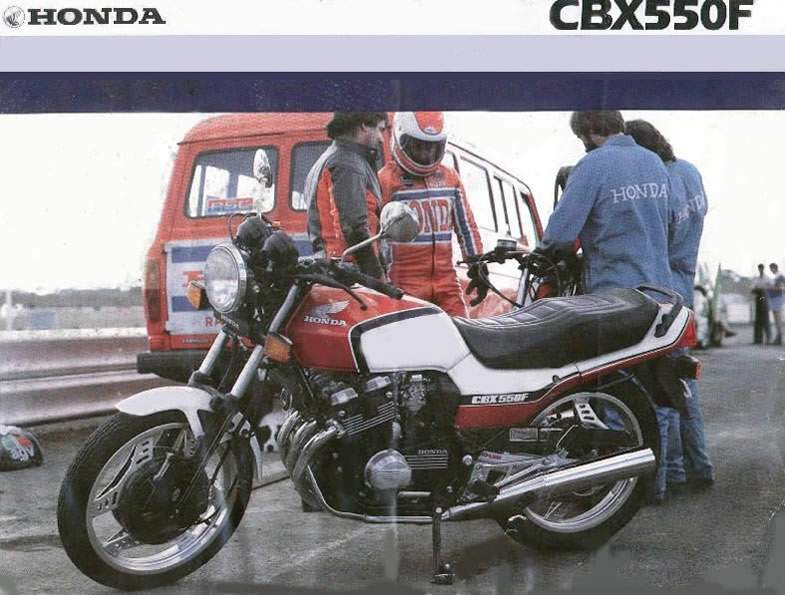
The racing itself was top class, being attended at the trackside by huge crowds who packed the local venues not just on race day but on practice days as well as appearing in extraordinary numbers for lesser events as well.
The pictures of the crowds in the grandstands at Oran Park in those days are amazing to those of us who, today, are used to seeing great racing taking place on the track in front of thousands of empty seats.
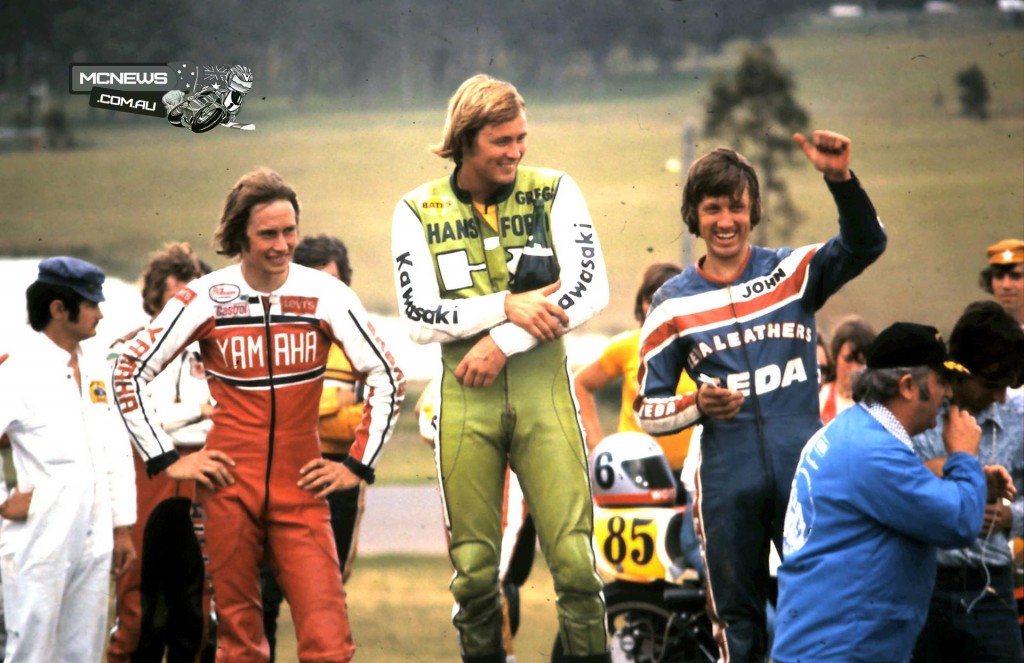
The stars of the day were superstars in the eyes of their fans and the media. Whole days were devoted to photo shoots when new teams and signings were announced. The well-known photos by the late, great, Bill Meyer, of Hansford and Sayle pulling synchronised wheelies down the main straight at Oran Park were made into business cards, postcards and advertising material.
The stars were mobbed in the pits when they made an appearance and pit protocols enabled the fans to get up close and personal with their heroes. The bikes were exotic and unobtainable for the average fan.
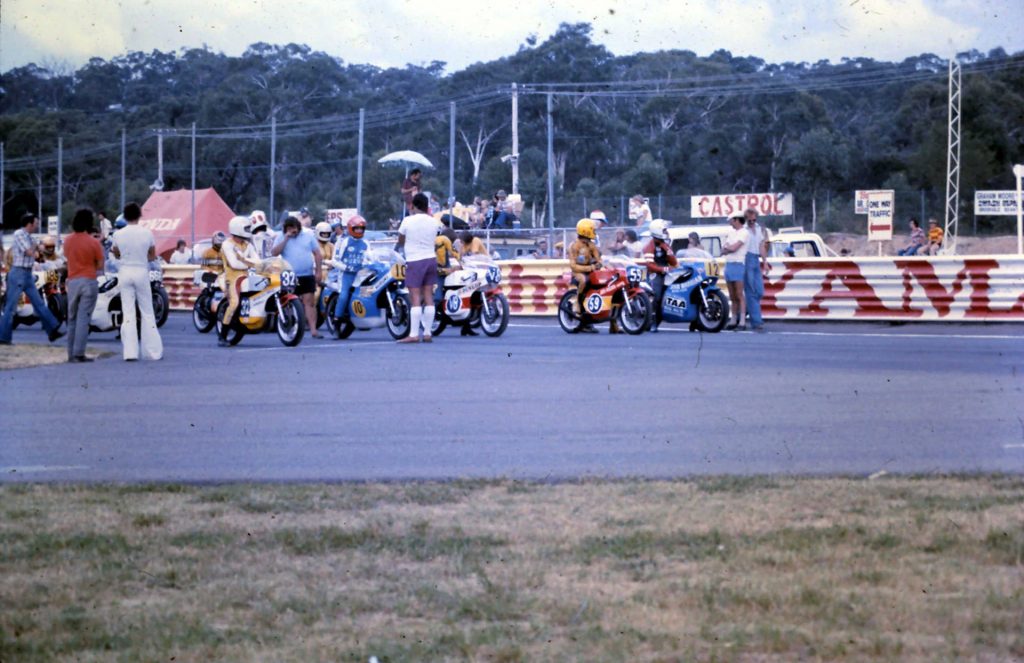
TZ750’s and RG500’s were not just the exotica of the day here in Australia, they were the cutting edge of stuff in the Grand Prix as well. Rivalries based on marquee preference have always existed in motorcycle racing but nowhere was it more starkly evident than in the Willing/Hansford, Yamaha/Kawasaki war on wheels that constituted the mid-‘70s.
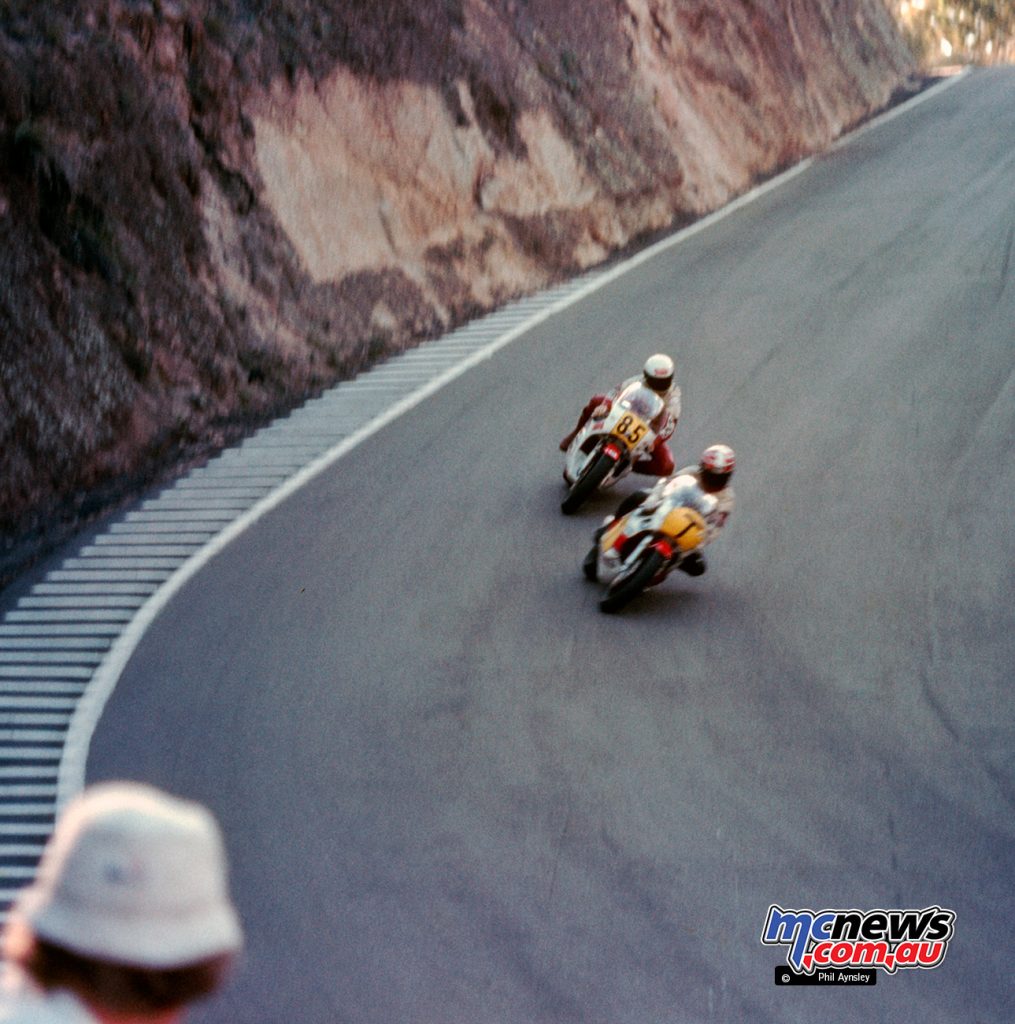
And that was just Grand Prix racing, there was also the hotbed of production bike racing that stoked the flames of rivalry as well. For much of the ‘70s the brand to beat was Kawasaki, firstly with the 500/750 triple two-stroke bikes and then with the legendary Z1. Did we even realise at the time what a legend this bike was to be?
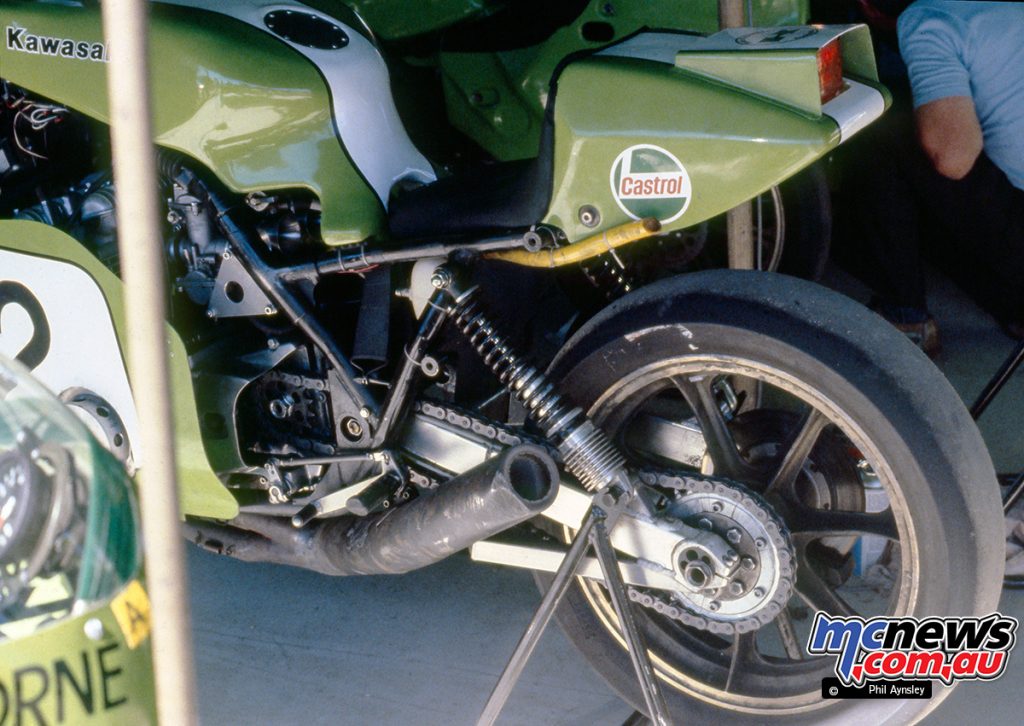
Later other Japanese manufacturers got into the game and Honda vs Suzuki vs Yamaha saw out the decade in races like the Castrol Six Hour, the Adelaide Three Hour, the Calder Two Hour and others.
Club racing was massive with tracks all over the country booked out almost every weekend with C Grade days and inter-club race meetings. Basically “run-what-you-brung” affairs, if you had a race bike or even a road bike, there would be a category in which it could be raced at your local track.
I have not mentioned Track Days at all and that is because they didn’t exist. If you wanted to get time on the track, you joined a local ACU-affiliated motorcycle club, got a racing licence and you went racing.
There is no doubt in my mind that the advent of the Track Day, which supposedly was going to boost road racing by exposing new riders to the fun of having a go on the track, has worked to the detriment of road racing in this country.
In fact, the very opposite of the original intention has transpired. Track Days have taken prospective racers away from racing and has made racing seem like a much too restrictive and less fun pastime.
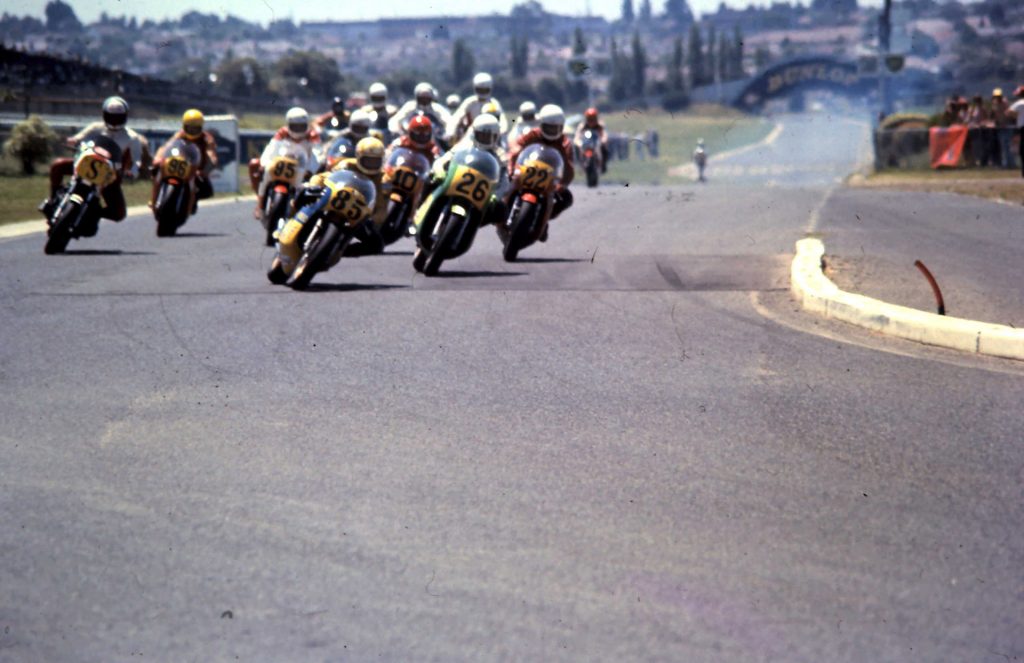
So the grids of the day were filled to capacity in nearly every case, as were the grandstands with people watching the show. I need not labour the point of how this compares to today’s racing where the opposite is the case. I believe that I have made it clear in previous articles why I believe that this has happened.
It is also to nobody’s great surprise that Historic Racing, in contrast, is drawing both large amounts of competitors as well as impressive numbers of spectators.
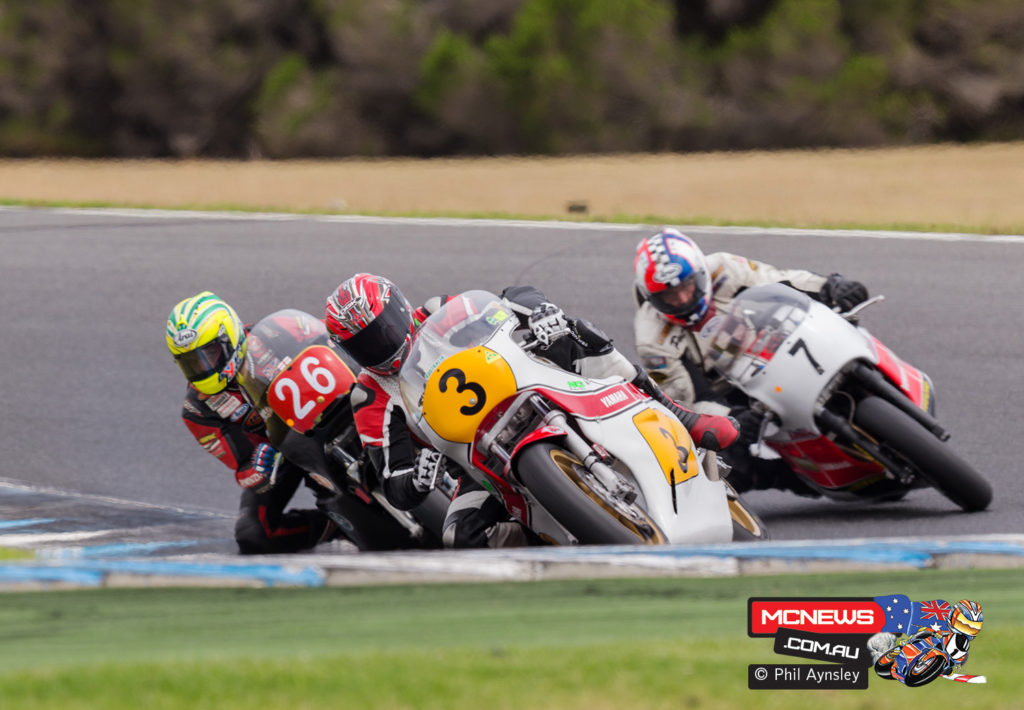
“Yeah, but they’re all old blokes like you who are stuck in the past and don’t want to move with the times,” some say. In fact I have heard this said and more than once. Maybe there is a degree of truth in that, but the number of young people who can be seen at historic meetings, apparently enjoying themselves immensely, would seem to belie that opinion.
I have mentioned before that one of the reasons that I believe Historic Racing is so popular is that the bikes are identifiable. Modern bikes are fast and exciting but, for the most part, they look the same and sound the same and this fact is an inherent weakness in the formula.
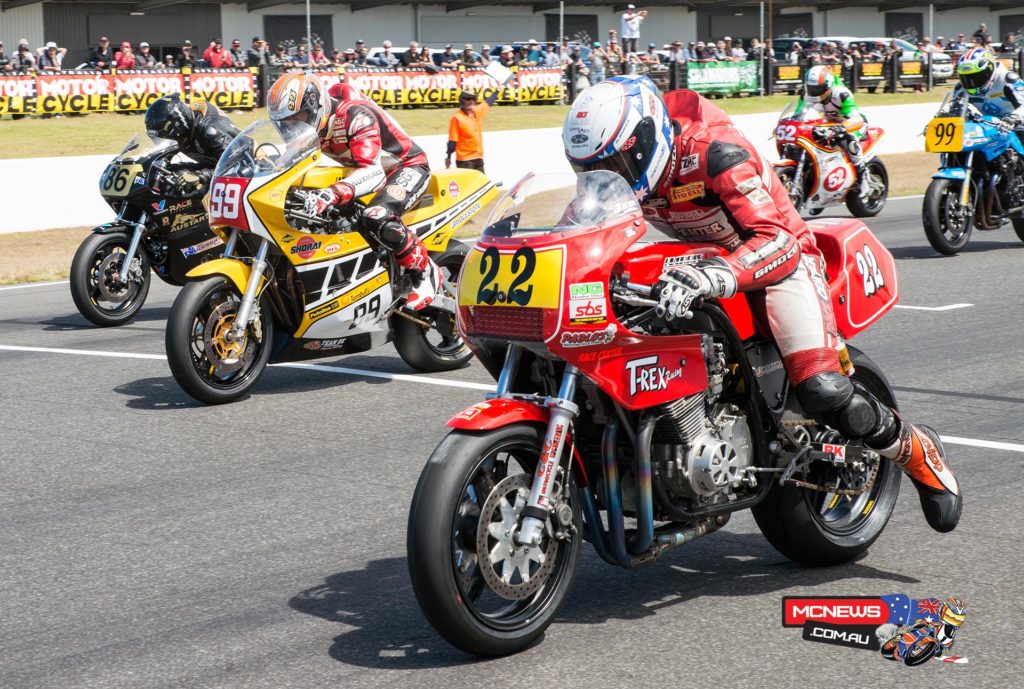
Plus, our racing formulae being almost entirely road-bike based means that there is very little in the way of innovation and flair. There is a sameness to today’s racing bikes that fails to generate excitement and passion.
A field of R1’s, Gixxers, Ninjas and Fireblades, while good in itself, is hardly to be compared to a bunch of TZ’s, RG’s and home-grown Superbikes battling it out in the same race.
What can be done? There is absolutely no doubt that modern racers and race teams have a better handle on the media side of things than their forebears ever had, or even imagined. Our current crop of young racers are schooled in the art of media-savvy presentation, thanks to organisations like the MRRDA and others.
It is not enough to be fast these days, one has to be the complete package and these kids are, make no mistake. Wander around the pits at a race meeting and see how they go about presenting themselves to the public, it is truly impressive.
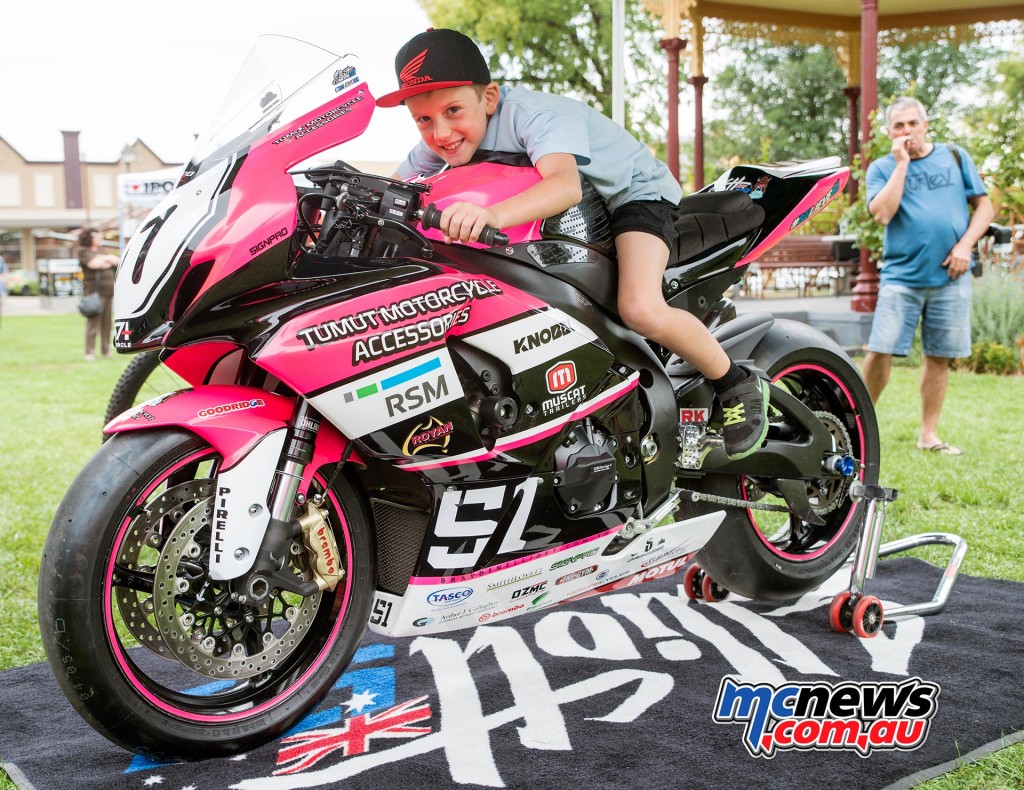
Further to that, there is no doubt that, in comparative terms, our current crop of road racers are as good as we can make them. They are the Willings and Hansfords of this era. Put them on a track against riders from other countries on similar machinery and this would be more than evident. Getting them there is the issue.
Yes, I know that it’s an expensive business but no more now than it was then when our young stars took off for fame and fortune in Europe.
I believe that, firstly, we need to attract spectators back to the track. It must be an extremely depressing thing for our young riders to be riding their hearts out and there’s no-one there to see it. Crowds generate excitement, which generates media attention, which spreads the word.
It depresses me that a whole generation of young riders have served their apprenticeships, done the hard yards and have now finished their racing careers with so little to show for it. Huge talents that barely had the chance to shine is not a good look for our sport.
The recent ASBK at Morgan Park and the super-impressive effort by a small group of enthusiasts to regenerate the spectator experience at the track shows that it can be done. We can make it worthwhile to go to the track for the races, and we must do it, again and again. Success breeds success, that is a fact.
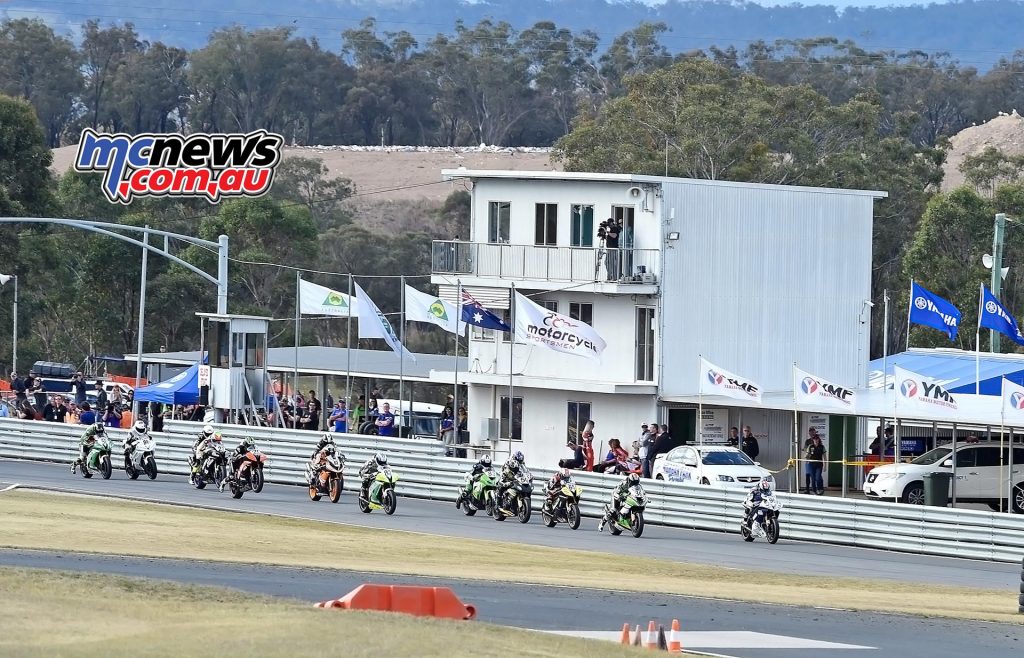
It seems to me that we have a choice. We can accept the status-quo with a shrug of the shoulders and an, “I guess that’s the way it just is these days.” Or we can get motivated and start turning things around. The present administration of Motorcycling Australia is better equipped with forward-thinking people than it has been for years. Now is the time to strike.
Here’s something else that we should do – we need to revitalise club racing. The Gardners and their ilk served their apprenticeship at club racing. It could work again.
Like so many who take the magnifying glass to the sport and try to analyse the good, the bad and the ugly, it is easy to point out what is wrong without countering that with some positive input.
It seems to me that there are quite a few people around at the moment who aren’t really interested in the negative but who are getting off their duffs and doing something positive. Let’s find out who they are and get on board.
